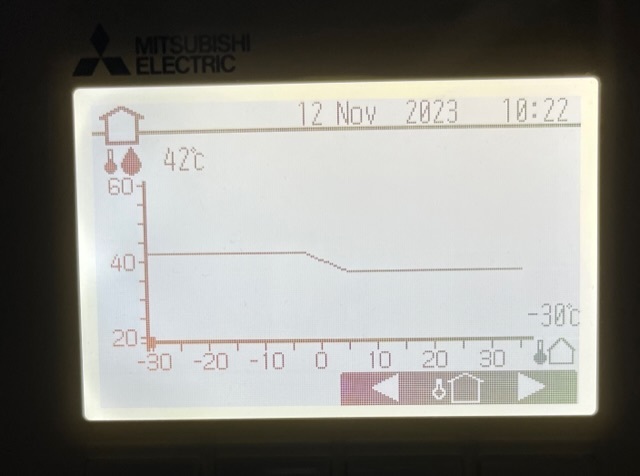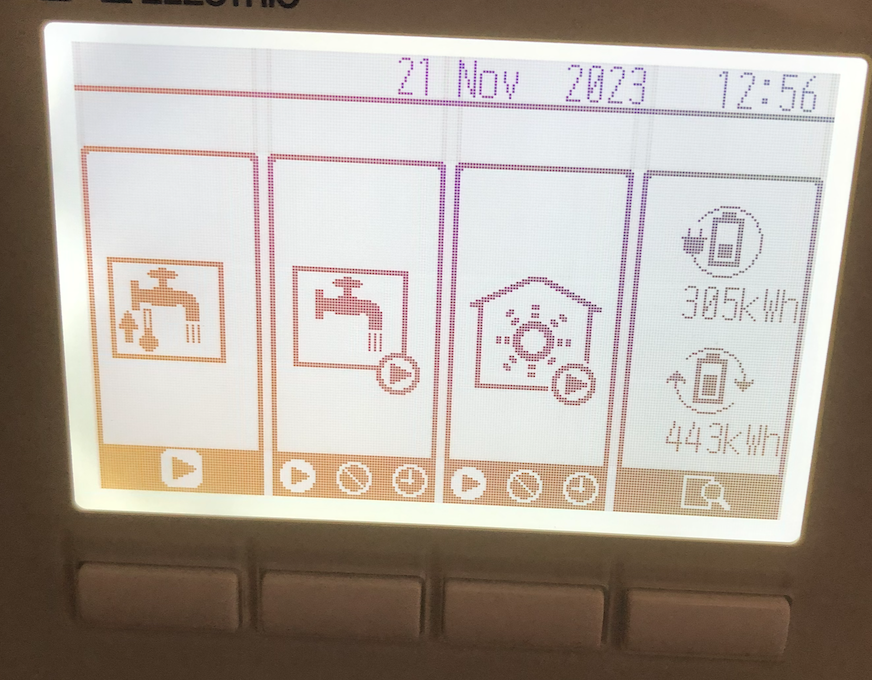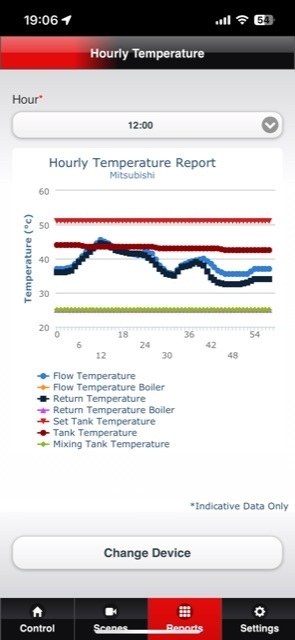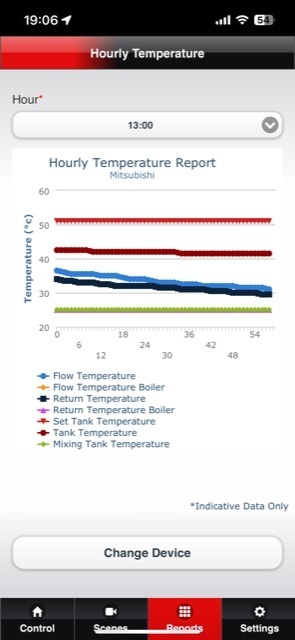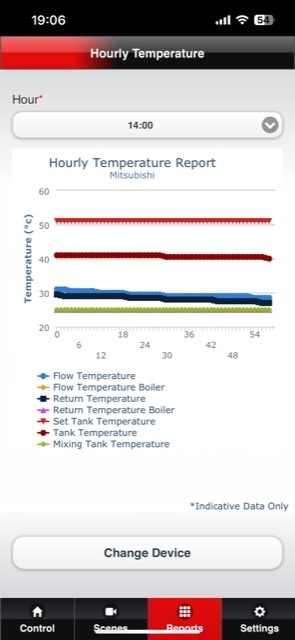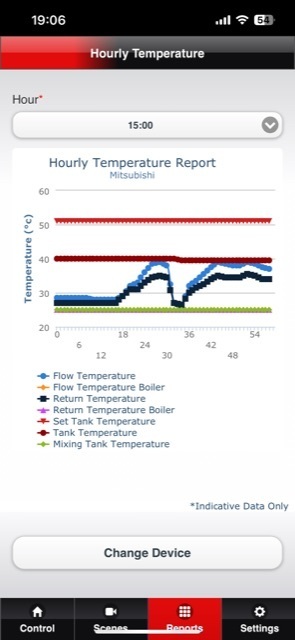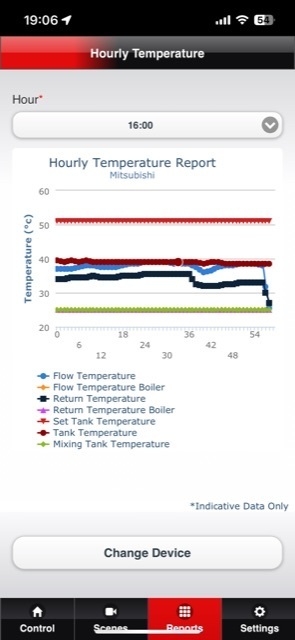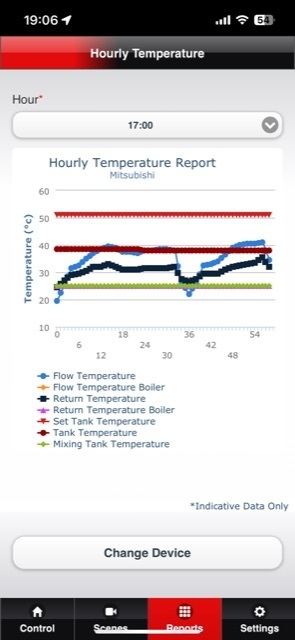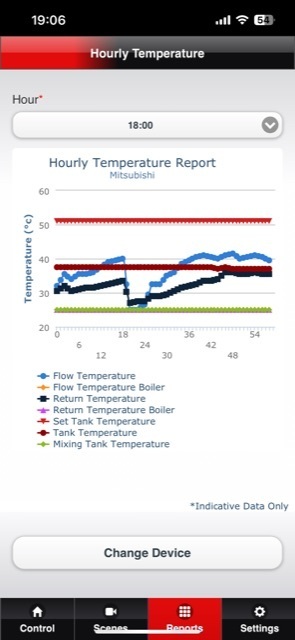Hi Everyone,
Apologies in advance if this has been asked before, I’ve been looking through google and this forum seems to be very helpful.
I’m running a Ecodan heat pump with underfloor heating only ( no radiators)
but I’m finding there is no information online on how to run the system properly and most efficiently, it’s rather frustrating.
There is a lot talk about cop figures ? I have no idea how I obtain these figures from my controller or Mel cloud app
I have 4 thermostats and use a Heatmiser app for a timer ( 4am - 10pm and then a 2 degree drop off from 10pm) .
Two rooms achieve solar gain and are hotter than the other two rooms. I don’t use the other rooms often so I have the thermostats low in those rooms so they never call for heat.
There’s a lot of talk about running the system low and slow 24/7 .
The only way to run 24/7 is to run the thermostats in the rooms higher than my desired temperature so the pump is always on?
Won’t this uses more KW?
If one thermostat is calling for heat, does it use as much energy if all the thermostats were calling for heat?
Sorry for all the questions, I’m hoping you can help me







